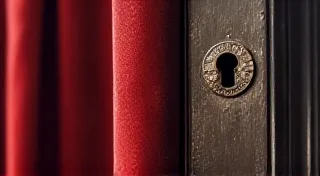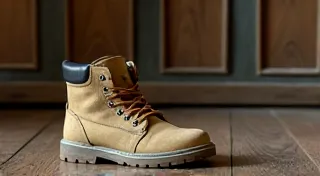A Cartography of Cogs: Mapping the Internal Landscape
There's a certain melancholic beauty to antique adding machines. They’re silent witnesses to generations of calculations, ledger entries, and the relentless march of progress. We’re so accustomed to the instantaneous results of digital computation that it’s easy to forget the deliberate, almost meditative process involved in using one of these mechanical marvels. They speak of a different pace of life, a slower, more thoughtful approach to problem-solving. These machines aren’t merely tools; they're time capsules, tangible links to an era when craftsmanship was prized above convenience, and the act of creation was valued as much as the outcome.
I remember finding my first adding machine at a flea market. It was a Burroughs Desk Adding Machine, Model 1, buried under a pile of old newspapers and forgotten treasures. The brass casing was tarnished, the keys were stiff, and the overall impression was one of neglect. But even through the grime, I sensed something special – a story waiting to be rediscovered. Bringing it home, cleaning it, and tentatively pressing a key, I felt a connection to the countless individuals who had relied on this machine for their livelihood. It was a moment of quiet reverence, a realization of the power and elegance of simple mechanics.
Today, we're going to embark on a journey – a cartographic exploration – of a specific model: the Marchant Multipier Model 4. It’s a charming and relatively common machine, but its internal workings, like all antique adding machines, are surprisingly complex. Think of this article as a detailed map, guiding you through the labyrinthine world of gears, ratchets, and levers that make it function. It’s not just about fixing a broken machine; it's about understanding it, appreciating the ingenuity of its design, and preserving a piece of history.
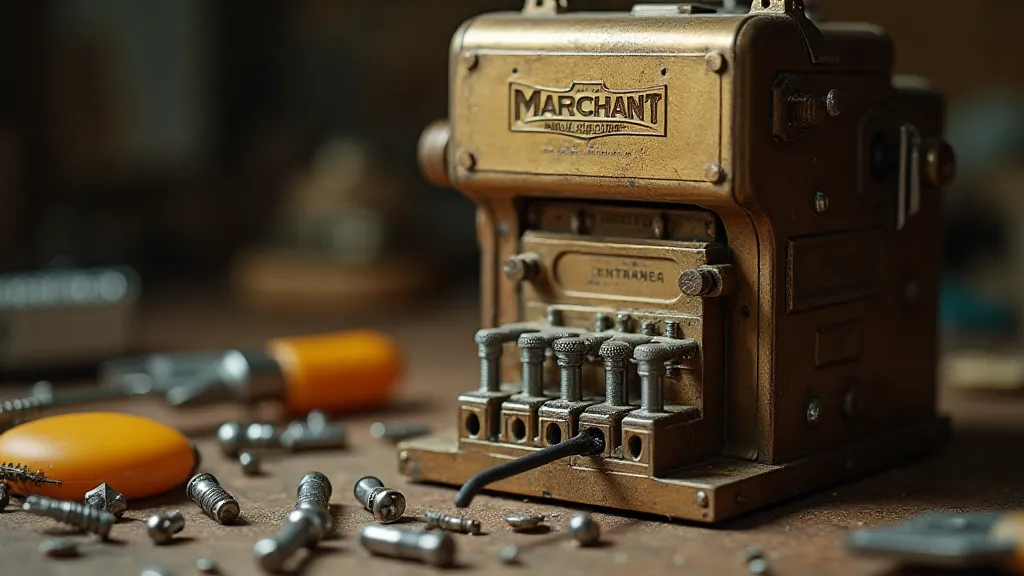
Understanding the Lay of the Land: Key Components
Before we delve into the specifics of repair, let’s familiarize ourselves with the major components of the Marchant Multipier Model 4. At its heart lies the carry mechanism, responsible for propagating the 'one' when a column's sum exceeds nine. This is driven by a series of carefully meshed gears, each precisely sized and positioned. The totalizer, visible through the clear window on the front, displays the accumulated sum, its wheels advancing with a satisfying click as calculations progress. The key levers, controlled by the operator, translate the key presses into mechanical movements, ultimately engaging the carry mechanism and advancing the totalizer.
Beneath the key levers lies the intricate dance of pin levers. These small, delicate levers act as intermediaries, translating the movement of the key levers into specific actions within the machine. Their proper alignment and freedom of movement are crucial for the accurate operation of the entire system. The pin-bar is a critical component, acting as a central distribution point for the signals from the key levers to the pin levers. Its condition heavily influences the overall responsiveness of the machine. Finally, the motor, if equipped (some models are hand-cranked), provides automated operation, further showcasing the advancements in mechanical engineering of the era.
Mapping the Carry Mechanism: A Detailed Look
The carry mechanism is arguably the most critical (and often most challenging) part of the Marchant Multipier Model 4 to understand and repair. Imagine a cascading series of events, each triggered by the preceding one. When a column reaches nine, a small lever engages, transferring the 'one' to the next column. This transfer isn't simply a direct connection; it involves a complex interplay of gears and ratchets, carefully designed to ensure accuracy and prevent errors. One common issue is carry-drag – a condition where the carry mechanism doesn't release properly, leading to incorrect sums. This is often caused by dirt, dried grease, or slight deformation of the gears. Cleaning and lubricating the carry mechanism with a light machine oil is often the first step in resolving this problem. Careful observation is key; watch the gears as you manually trigger the carry to identify points of friction or misalignment.
Pin Lever and Pin-Bar Alignment: The Silent Architects
The pin levers are the unsung heroes of the Marchant Multipier Model 4. Their tiny movements, perfectly synchronized, translate your keystrokes into meaningful calculations. The pin-bar, that seemingly insignificant rod beneath the key levers, dictates their function. Misalignment of the pin-bar or the pin levers can result in incorrect results or keys that simply don’t function. Repair often involves gently bending the pin levers back into alignment using specialized tools – often just thin strips of metal. This requires a delicate touch and a keen eye. It’s important to understand that these levers are fragile and easily damaged, so patience and precision are paramount. The pin-bar itself might need slight adjustment – a tiny shift can have a significant impact on the whole system’s operation.
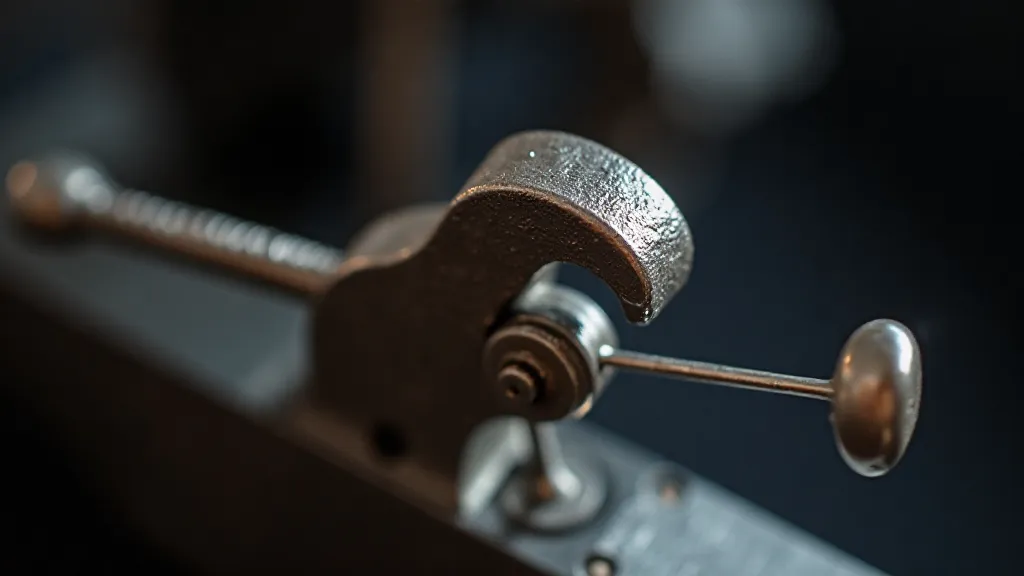
Totalizer Wheels: A Symphony of Precision
The totalizer, that beautiful display of rotating wheels, is a testament to the elegance of mechanical engineering. Each wheel represents a digit in the accumulated sum. Their smooth rotation is dependent on the precise meshing of gears and the freedom of movement of the wheel axles. If the totalizer 'jumps' or 'skips' digits, it indicates a problem with the gear train or the wheel axles themselves. Often, simply cleaning the gears and lubricating the axles can resolve the issue. In more severe cases, individual wheels may need to be removed, cleaned, and re-seated. Understanding the numbering system on the wheels (ones, tens, hundreds, etc.) is crucial for proper alignment.
Beyond Mechanics: Preserving the Aesthetic
Repairing an antique adding machine isn’t just about restoring its mechanical function; it’s about preserving its aesthetic beauty. The brass casing, often adorned with intricate engravings, is a vital part of the machine’s charm. Years of neglect can leave it tarnished and dull. Gentle cleaning with specialized brass polish can restore its original luster. However, be cautious not to remove any patina – the subtle aging that contributes to the machine's character. Similarly, the original keys, often made of a distinctive material, should be preserved whenever possible. Replacing them with modern reproductions diminishes the machine's historical authenticity.
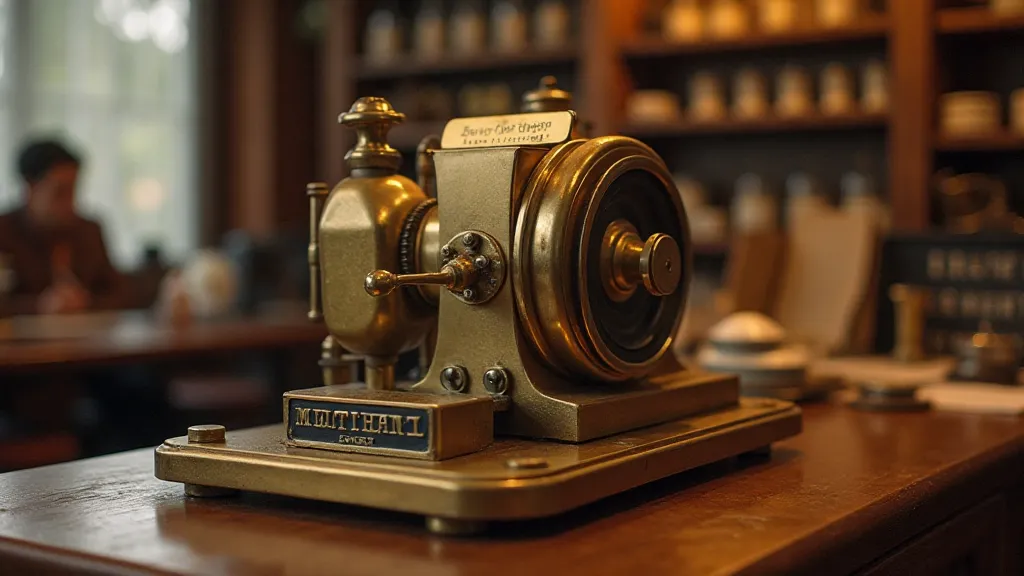
A Legacy in Cogs and Gears
Repairing antique adding machines is more than just a technical exercise; it’s a journey into the past. It's a connection to the ingenuity and craftsmanship of a bygone era. Each repaired machine is a testament to the enduring power of mechanical innovation and a tangible link to the individuals who once relied on them. They remind us of a time when things were built to last, designed with purpose, and valued for their quality and durability. So, the next time you encounter an antique adding machine, don’t see just a collection of gears and levers; see a story waiting to be rediscovered, a legacy in cogs and gears.

